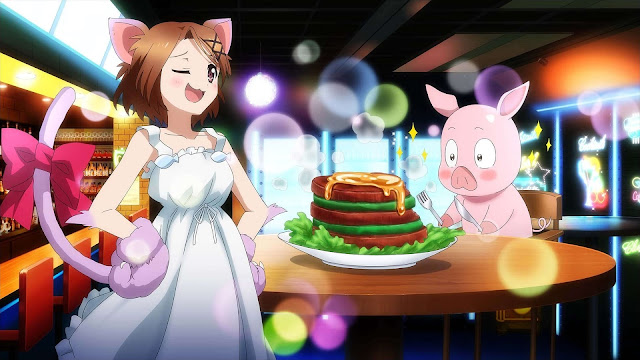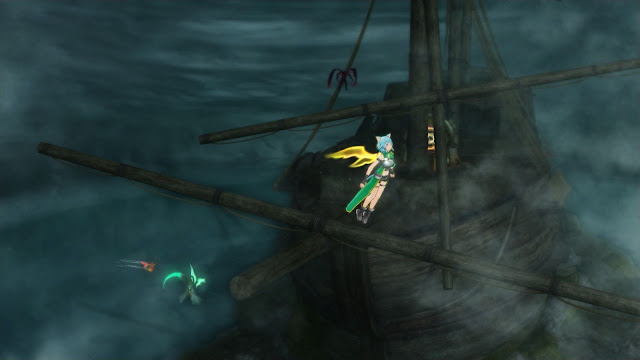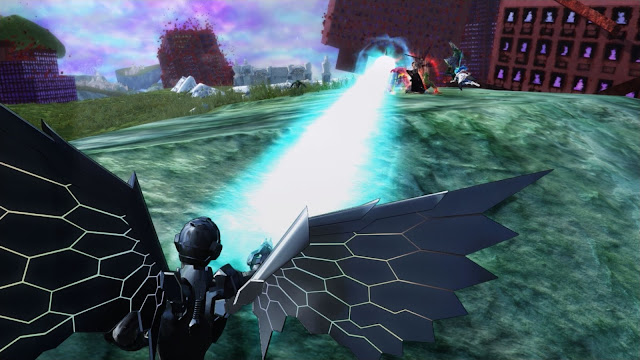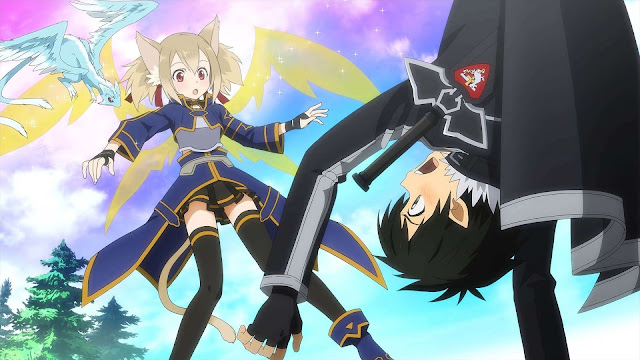Related reading: Clark’s review of the last Sword Art online game on PlayStation 4.
What’s remarkable, however, is that this crossover is more than one of contractual convenience. While it could have been a cynical cash-in on an obvious concept that fans would eat up, Accel World vs. Sword Art is genuinely worthwhile and leverages its source material with tact. While neither of Reki Kawahara’s works get mistaken for literary masterpieces in terms of raw storytelling, this fusion title taps into almost all of their mutual strengths. The result is a savoury dish that fans of either titular series can appreciate and aficionados of both can fall in love with.
Anime Editor















